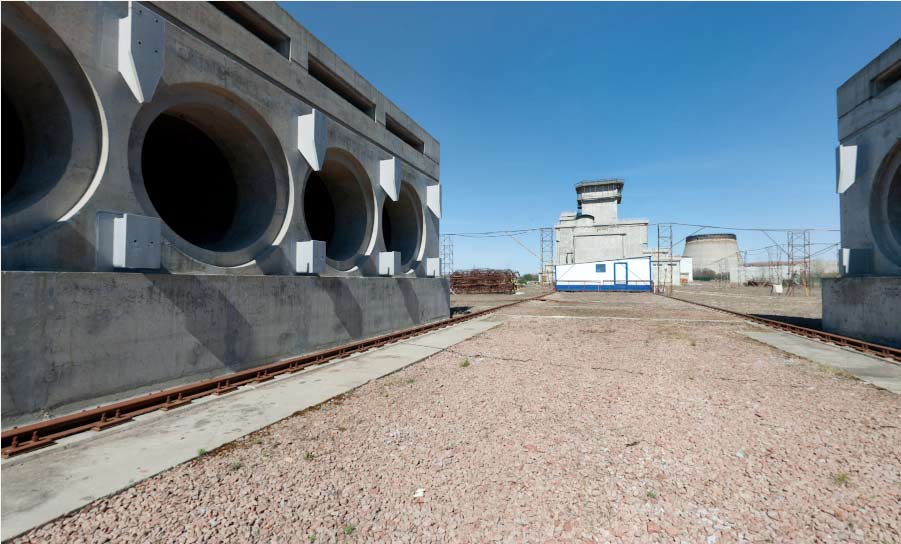
These concrete and steel structures will store tens of thousands of spent fuel rods—but only for 100 years. After that, new casks or a permanent underground storage site will be required. (Click on the image to rotate and view it from different angles.)
View a photo gallery of the nuclear cleanup of Chernobyl.
View a photo gallery of the nuclear cleanup of Chernobyl.
